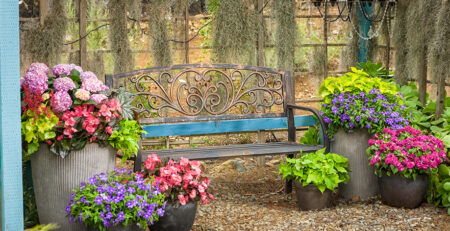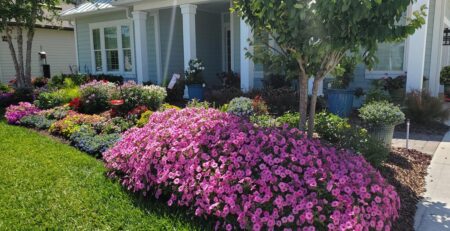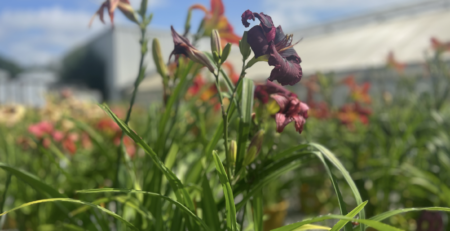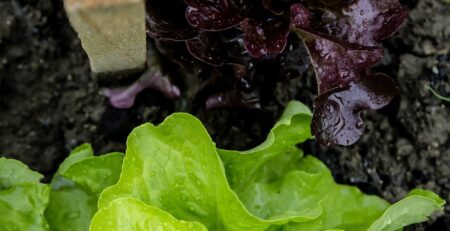A Shopper’s Guide For Buying Bonsai Plants
Only a handful of plants are as elegant, sophisticated, and easy-to-maintain as bonsai plants. Whether you keep them at home or in the office, they induce a zen-like state in the surrounding area. Anyone can buy bonsai plants online but taking care of them requires some extent of practical knowledge. Please keep reading to find out more about where to buy bonsai and how to take good care of them.
What is Bonsai?
Bonsai is a centuries-old Asian art form that grows plants that involve careful pruning and training for years. The resulting bonsai plants are small sculpture-like replicas of mature trees, in both development and elegance.
Since it is a growing method and not a particular plant species, many imposing shrubs, trees, and woody houseplants, like ficus, in our surroundings can be trained and pruned to become bonsai plants. However, pruning and training a bonsai takes years, sometimes even decades.
Thankfully, you don’t have to wait that long as you can easily buy fully developed natural bonsai plants online or from various stores. You can choose a bonsai that fits your preferences and lifestyle and start enjoying the Zen life at the touch of your fingertips.
Styles Of Bonsai
Almost all indoor bonsai plants are planted in shallow pots and are pruned and trained for years to appear like fully-grown miniature trees. Bonsai can be leafy, needled, or coniferous, but all must have wooden trunks for that mature tree-like look. Depending on the orientation of the main trunk, all bonsai can be categorized into the following four major styles:
- CHOKKAN STYLE – Formal Upright
- Chokkan style bonsai is characterized by a completely straight and upright woody trunk with visible tapering. The trunk is widest at the base with supporting radial nebari (roots) and broad stems, while the apex is pointed with the most delicate branches on top.
- Formal upright style coniferous bonsai can be found naturally growing in open areas with low competition for sunlight. Our chokkan type natural bonsai plants online induce an exquisitely regal and Zen-like timeless state in their vicinity.
- MOYOGI STYLE – Informal Upright
- Moyogi style bonsai incorporates gentle curves in its trunk and stems while growing upright. The tree curves back and forth at small angles a few times as it grows, but the apex and the trunk’s entry in the soil line align perfectly in mature bonsai.
- Many deciduous and flower-bearing tree species like elm or maple are suitable for informal upright style bonsai, which is perfect for new bonsai owners and is most commonly found among them.
- SHAKAN STYLE – Slanting
Shakan style bonsai features a straight trunk like the formal upright style, but the trunk emerges from the soil at an angle, giving it the appearance of a windswept miniature tree. The growing tip causes the apex of the bonsai to shift either left or right, giving it a uniquely strange look. - KENGAI STYLE – Cascade
Kengai style bonsai are modeled after natural vegetation that grows near water bodies or over the side of mountains. Due to the gravitational pull, the apex of the tree extends further below the pot edge or base.
Tips To Buy Bonsai
- The best bonsai plants are well-branched and feature close-to-perfect symmetry in proportion and balance.
- While choosing from many natural bonsai plants online, going for the healthiest foliage is always a foolproof idea.
- Bonsai are horticultural masterpieces. Hence, you should pay attention to your personal aesthetic preferences before you buy bonsai plants online.
How To Raise Indoor Bonsai Plants?
Traditionally, most bonsai plants were cultivated under the open sky. However, the modern versions have adapted to growing in indoor environments also. We nurture our bonsai in shaded conditions for acclimation to the indoor environment. Different bonsai species thrive under varying conditions, but these general guidelines will help you better care for them.
PHOTOPERIOD
Depending on the species of bonsai you keep, light dependency varies greatly. High sun exposure is generally advised for outdoor trees and shrub varieties like Juniper or Privet, but indirect sunlight is preferable for tropical bonsai types like Pachira. We’ve listed the optimum photoperiods for most commonly purchased natural bonsai plants online below:
- Privet – excels in low to medium sunlight and possesses distinct dark green foliage wrapped around the branches.
- Ginseng Ficus – can survive in even low-light conditions and has elegantly poised little, glittering, dark greenery.
- Juniper – loves moderately hot indirect sunlight and is an excellent webbing spot for spider mites.
- Pachira – aka money tree, thrives in indirect bright sun and features exquisitely textured hand-like leaves.
- Formosana – features dark green foliage and thrives in medium to high sun exposure.
- Fukien Tea – excels in medium to bright sunlight and blooms tiny white flowers when satisfied.
HYDRATION
Bonsai plants need watering only occasionally, and you should only hydrate them if the soil feels dry. For potting dishes with stone or moss layers, you may need to dig in and feel the earth. Bonsai does not require too much water since they are grown in shallow pots where overhydration can easily cause waterlogging and lead to root decay and plant death.
TEMPERATURE
As a general rule of thumb, all bonsai need to be guarded against extreme heat or cold exposure. Most natural bonsai plants online are tropical species and can’t survive in colder conditions; however, a few can live through even fifty-degree chills. During the winters, you should keep your bonsai away from chilly wind and window panes. Shifting your bonsai trees indoors before nightfall is advised if you prefer keeping your plants outside on the porch.
NUTRITION
When buying bonsai plants online, you should also purchase some general use fertilizers suitable for indoor plants. Fertilizing them a couple of times during the hotter seasons will suffice.
PRUNING
Pruning unaesthetic growth that damages the look and yellowing foliage keep your bonsai plants picture perfect. You may also need to clip some roots as the plant matures.










